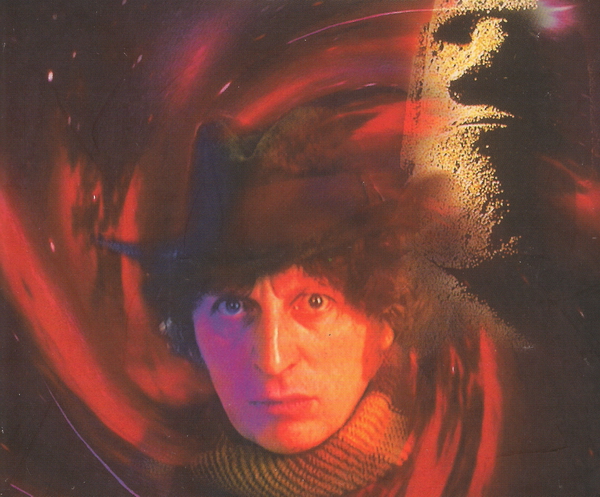|
| |
|
STORY PLACEMENT THIS STORY TAKES PLACE BETWEEN THE TV STORY "THE TALONS OF WENG-CHIANG" AND THE NOVEL "DRIFT."
WRITTEN BY JIM MORTIMORE
RECOMMENDED PURCHASE OFFICIAL BBC PAPERBACK (ISBN 0- 563-40567-8) RELEASED IN FEBRUARY 1998.
BLURB Easter Island, 1832. Horace Stockwood, has stolen a stone tablet sacred to the islanders. Ancient powers are invoked, and dangerous secrets may soon be secret no longer... |
|
|
Eye of Heaven FEBRUARY 1998
Astonishingly, “Eye of Heaven” is now the second book in a row from Jim Mortimore that is not grounded in hardcore science fiction. Being a Doctor Who novel, the book is of course by definition science fiction, but even so it is as deeply rooted in religious metaphor and classic literature as it is in starships and spacestations.
Furthermore, “Eye of Heaven” also continues the tradition of first person narration that Mortimore began to use in “Eternity Weeps”. Personally I find this method of storytelling far more effectual than traditional third person prose; I love getting inside the character’s heads. To rifle through the insides of the Doctor’s head – albeit briefly - is an absolute delight in every sense, and what is more this is the first Leela story where I think that I have actually ‘got’ her character, as it were.
In this novel, Mortimore shows us things from Leela’s perspective; highlighting not only her ignorance, but also her fierce intelligence and capacity for reason. She is not a stupid savage; she is uneducated, and whilst this notion was posited to a certain extent on television, it never executed with as much composure as it is here.
Mortimore also gives Leela lots to do – this is as much her story as “Eternity Weeps” was Benny’s – including riding in a whale’s mouth and ruminating on the death of her sister. We even learn that Leela has often eaten the brains of her fallen enemies in the past, under the rather bizarre impression that this would allow her take on their knowledge! As Stockwood quite rightly puts out to her though, “I wouldn't have thought that was so good, if you were clever enough to defeat them in the first place.”
However, “Eye of Heaven” is not without its problems. I did not find it anywhere near as engaging as “Eternity Weeps” was, and much of this was down to Mortimore’s a-linear structure. Simply put, this novel is all over the place - Pulp Fiction-style. Whilst this might work well in a movie, in a novel it is potentially catastrophic – particularly if the reader, as I did in this case, reads the book over the course of week about fifty pages at a time. I get the impression that to fully appreciate this story, one would have to study it rather than read it.
Nevertheless, with settings as dazzling and diverse as Easter Island and the High Seas of planet Earth, “Eye of Heaven” is certainly matchless. And I am particularly impressed with its rather open ending, which depicts the Doctor and Leela, who lost the TARDIS during the events of the story, setting sail on a sea voyage to find it…
... I smell a sequel!
|
|
|
Copyright © E.G. Wolverson 2006
E.G. Wolverson has asserted his right under the Copyright, Designs and Patents Act, 1988 to be identified as the author of this work. |
|
|
This novel’s blurb places it between the television serials The Talons of Weng-Chiang and Horror of Fang Rock. Within this gap, we have placed it prior to the novel Drift, which was released later.
|
|
|
Unless otherwise stated, all images on this site are copyrighted to the BBC and are used solely for promotional purposes. ‘Doctor Who’ is copyright © by the BBC. No copyright infringement is intended. |
|

.jpg)
.jpg)
